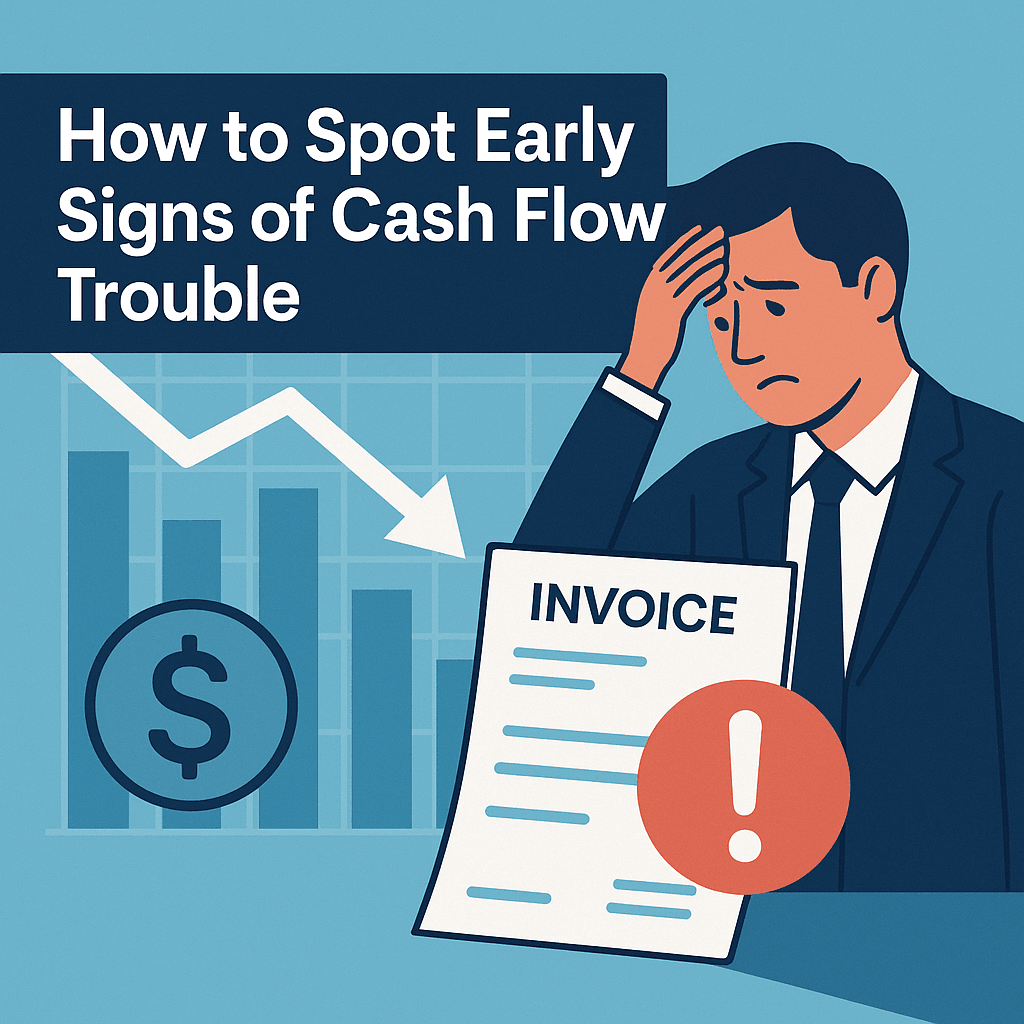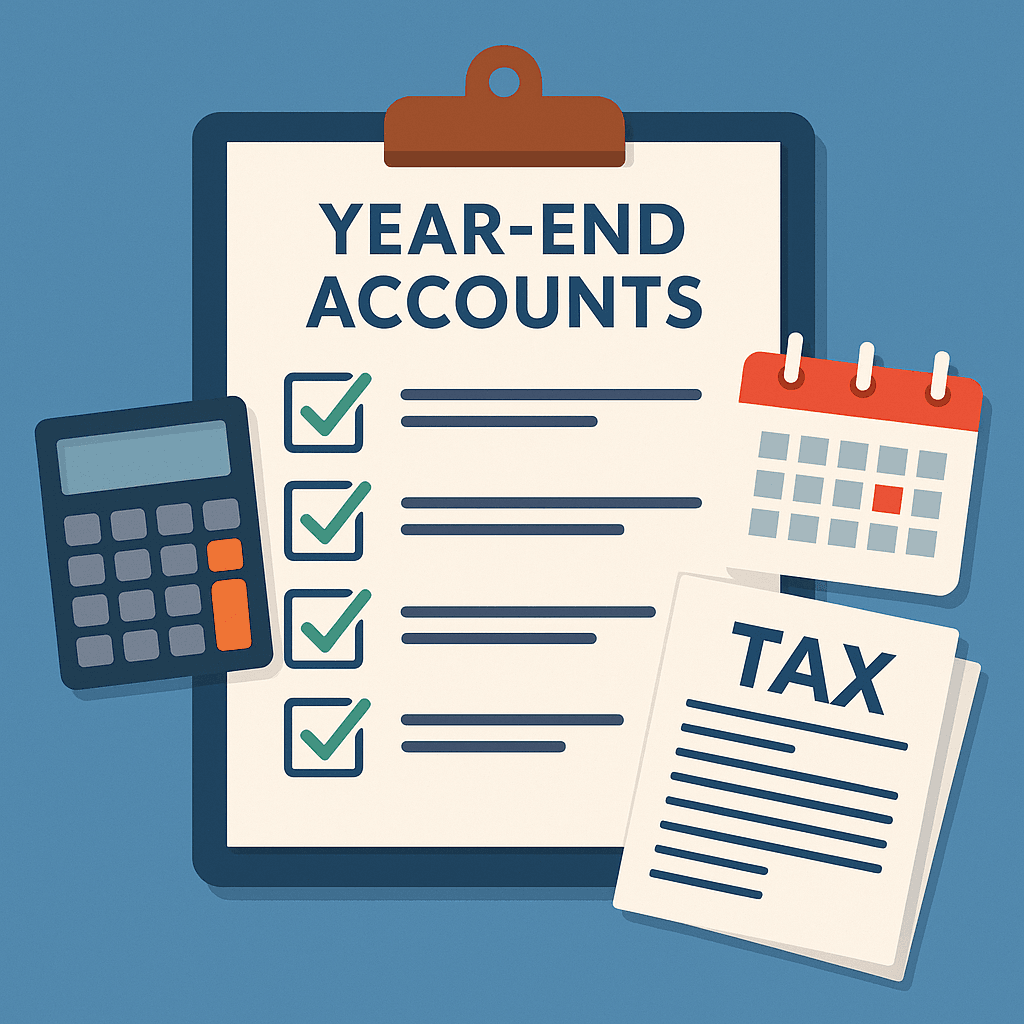Cash flow is often described as the lifeblood of a business, and with good reason. Even profitable companies can find themselves in financial difficulty if they don’t have enough cash available to cover everyday expenses. Spotting the warning signs early is the key to avoiding serious problems. By recognising patterns and acting quickly, you can prevent minor issues from escalating into full-blown crises.
Why Monitoring Cash Flow Matters
Cash flow reflects the actual money moving in and out of your business, not just profits on paper. A business with poor cash flow may struggle to pay staff, cover bills, or reinvest in growth, even if it’s technically profitable. Monitoring cash flow closely helps you make informed decisions and ensures long-term stability.
Early Warning Signs of Cash Flow Trouble
1. Consistently Late Customer Payments
If your clients regularly delay settling invoices, it’s a red flag. Late payments can create a ripple effect, leaving you short of funds to pay your own suppliers and employees. Keeping a close eye on debtor days helps highlight potential problems early.
2. Increasing Reliance on Credit
When a business frequently dips into overdrafts or depends on credit cards to cover everyday expenses, it suggests that cash inflows aren’t keeping pace with outflows. While occasional use of credit is normal, ongoing reliance is a warning sign.
3. Rising Supplier Pressure
If suppliers are chasing payments more aggressively or shortening credit terms, it may indicate that they’re concerned about your ability to pay. This not only strains relationships but could also limit your access to materials or services.
4. Delays in Paying Staff or HMRC
Struggling to meet payroll or tax obligations is one of the clearest signs of cash flow problems. These are priority payments, and failing to keep up can lead to serious legal and reputational issues.
5. Falling Profit Margins
When expenses rise but prices remain the same, margins shrink. Over time, this erodes the amount of cash your business generates, leaving less room to manoeuvre. Monitoring margins regularly can reveal problems before they hit your bank account.
6. Stockpiling Inventory
Holding excessive stock ties up cash that could be better used elsewhere. If inventory levels are creeping up while sales remain flat, it’s worth investigating whether poor forecasting or sluggish demand is causing unnecessary cash flow strain.
7. Slow or Inaccurate Financial Reporting
Without up-to-date records, it’s difficult to spot issues early. If your bookkeeping is behind schedule or your reports are inconsistent, you risk missing the signals of looming cash shortages.
Steps to Take if You Spot Trouble
Recognising the signs is only the first step. To address potential cash flow issues, you should:
- Tighten credit control by setting clear payment terms and following up promptly on late invoices.
- Negotiate with suppliers for better terms or discounts for early payments.
- Forecast regularly to anticipate shortfalls and plan ahead.
- Cut unnecessary costs to preserve cash reserves.
- Seek professional advice from an accountant or financial advisor to create a tailored recovery plan.
Final Thoughts
Cash flow issues rarely appear overnight; they build gradually, showing subtle signs along the way. By learning to spot these early indicators—such as late payments, heavy reliance on credit, or rising supplier pressure—you can take action before small problems escalate. Staying proactive with monitoring and seeking timely support will help protect your business, ensuring you have the financial strength to weather challenges and pursue growth.




